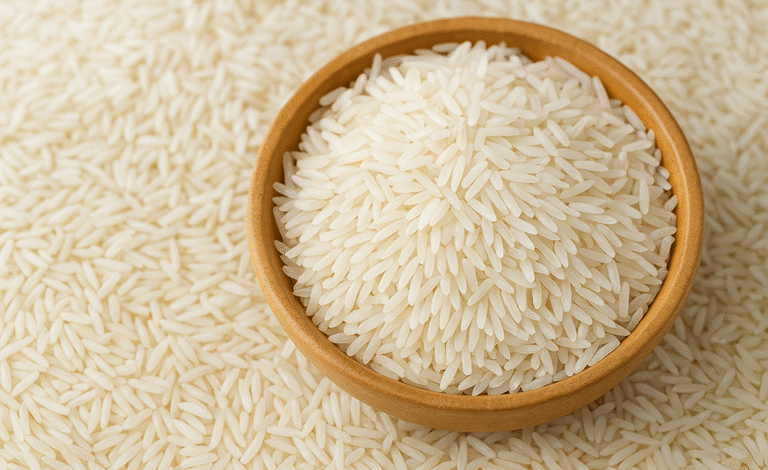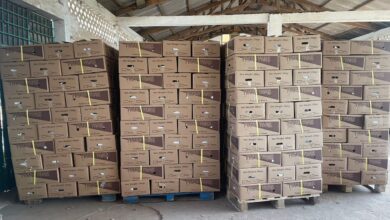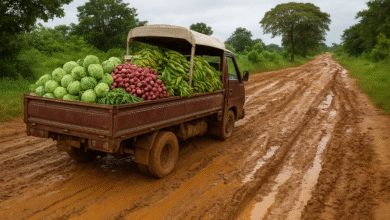Ghana Can Become a Major Rice Exporter – IFS Study Reveals

Ghana has the potential to move from being a major rice importer to a significant exporter in the medium term if the government sets a more ambitious target and strengthens its policy direction.
This was revealed in a new study by economic policy think-tank, Institute for Fiscal Studies (IFS) titled “Increasing Importation of Rice in Ghana: Can the Country Transform Its Fortunes in the Rice Sector?” The study’s findings and trend analysis were presented by economist and Senior Research Fellow at the IFS, Dr Said Boakye.

Missed Opportunity Despite Gains
According to Dr Boakye, despite progress in production, Ghana’s rice import bill has continued to rise. Between 2008 and 2018, rice production nearly tripled from 181,000 to 530,000 metric tons, surpassing the Africa-wide targets under the Coalition for African Rice Development (CARD). However, rice imports more than doubled in the same period, from 395,000 to over 830,000 metric tons.
The IFS report explained that this outcome reflects the limited ambition of Ghana’s rice development strategies, which have focused mainly on self-sufficiency rather than long-term competitiveness and export potential.
Huge Untapped Potential
The IFS study highlights Ghana’s vast potential to scale up rice production. The country has an estimated 5.9 million hectares of fertile land suitable for rice cultivation almost half of its total agricultural land yet less than 3 percent is currently in use for rice farming.
Dr Boakye observed that if Ghana could increase yields to around six metric tons per hectare, similar to Vietnam’s performance, and bring the full 5.9 million hectares under cultivation, annual production could reach 35 million metric tons of paddy rice. This would match the output levels of major exporters like Thailand and Vietnam.
The study further notes that even a smaller output of around seven million metric tons of milled rice could make Ghana a net exporter, with the potential to sell over six million metric tons abroad.
The Need for a Bolder Goal
Dr Boakye said Ghana must set a more ambitious goal of becoming a major net exporter of rice in the medium term. He explained that the country’s rice policies, including the National Rice Development Strategies (NRDS I and II), must go beyond self-sufficiency and adopt a forward-looking vision anchored in global competitiveness.
The IFS pointed out that growing global demand presents a huge opportunity for Ghana. Market forecasts show that the global rice market is expected to expand from US$387 billion in 2025 to US$450 billion by 2030, driven by population growth and rising consumption.
What Ghana Must Do
To seize this opportunity, the IFS recommends that the government expand irrigation infrastructure to enable year-round cultivation, increase access to certified high-yield rice seeds and fertilizers, and promote mechanization and local manufacturing of rice equipment.
Dr Boakye added that farmer training, cooperatives, and access to credit must also be strengthened, while policies should be consistent and shielded from political changes to ensure continuity and impact.
Pathway to Prosperity
The IFS concludes that Ghana can transform its rice sector into a major pillar of national development. Achieving this goal would mean reducing imports, creating jobs, boosting farmer incomes, and earning foreign exchange through exports.
Dr Boakye emphasized that for farmers across the country from Tamale to Hohoe, such a transformation could turn rice farming into a sustainable business rather than a seasonal struggle.
The findings, he said, should serve as a wake-up call for government and policymakers to act boldly and reposition Ghana’s rice sector as a driver of economic growth and self-reliance.




